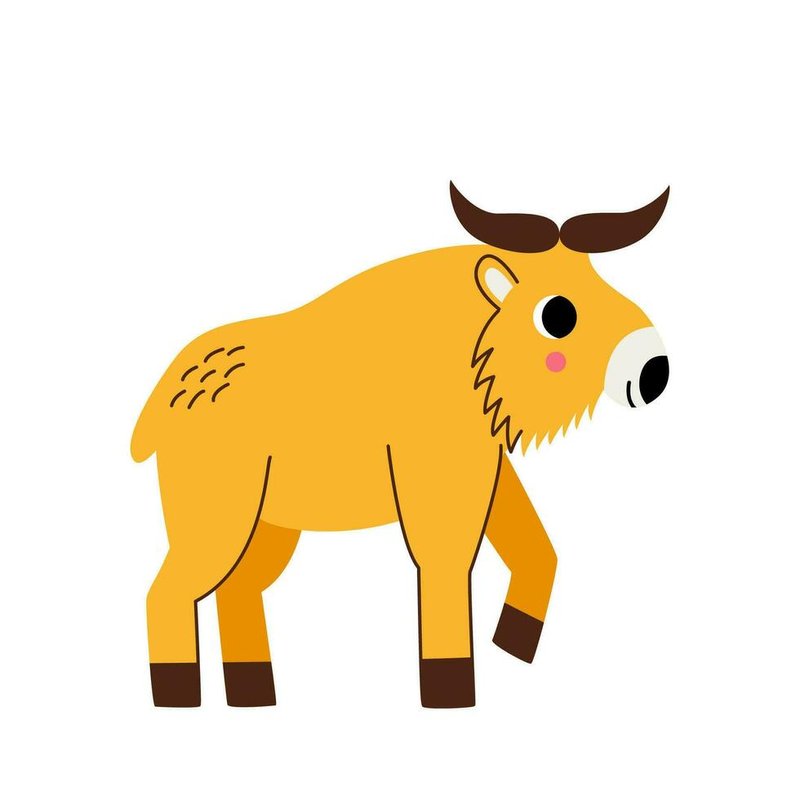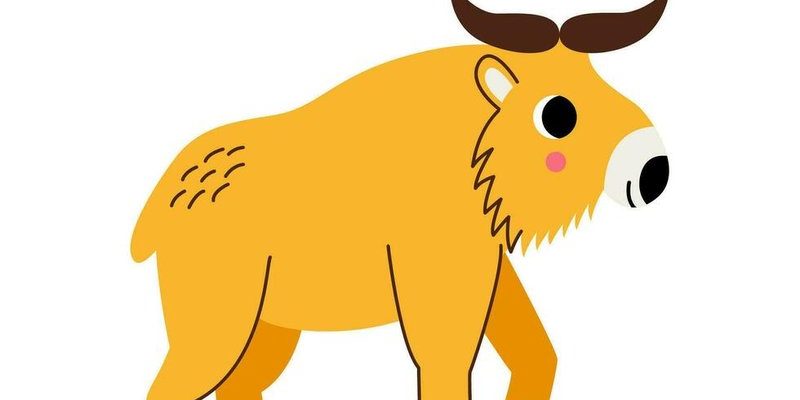
You might be wondering where to even begin with the takin’s impact on culture and folklore. Its significance stretches from Tibetan mythology to modern conservation efforts. Much like a mythical creature from a children’s story, the takin embodies the spirit of the wild, representing strength and resilience. So, let’s dive into how this incredible animal has influenced different societies and what tales it has inspired.
Takin in Tibetan Mythology
Tibetan culture holds a special place for the takin, and it often finds its way into local myths and legends. The most well-known tale speaks of the takin’s origin as a divine creation. According to legend, a powerful spiritual figure named Guru Rinpoche created the takin by magically merging a goat and a cow. This blend was not random; it wasn’t just any goat or cow. It was designed to be a guardian of the mountains, symbolizing harmony between different realms of existence.
As you wander through Tibetan regions, you might hear stories of the takin performing miraculous feats. Locals often describe the creature as a protector of their mountains and pastures. It’s not uncommon for people to believe that spotting a takin can bring good luck or prosperity. This deep-rooted belief showcases how the takin serves as a cultural touchstone, connecting the people to their land and folklore.
Takin as a National Symbol
In Bhutan, the takin holds the impressive title of a national animal. Its importance goes beyond just being a symbol of wildlife. It embodies Bhutanese values, particularly their commitment to conservation and harmony with nature. The takin is featured on various government documents, and its image can be seen in museums and educational materials.
The country celebrates the takin during festivals, where you might find dances that mimic the creature’s movements. These celebrations not only honor the takin but also promote awareness about wildlife conservation. By embedding the takin in their national identity, Bhutan has fostered a culture of respect for nature and its inhabitants, emphasizing the health of the ecosystem.
Folklore and Storytelling Traditions
Folklore around the takin extends beyond just myths and symbols; it plays a pivotal role in local storytelling traditions. Generations of storytellers have incorporated the takin in tales that resonate with themes of bravery and survival. These stories often revolve around the creature’s encounters with hunters or other wild animals, showcasing its strength and cleverness in evading danger.
One popular story tells of a young hero who learns valuable life lessons from a wise old takin. The takin teaches him about the importance of protecting nature and living in harmony with all creatures. Such narratives not only entertain but also instill important values in listeners, particularly children, fostering a sense of responsibility towards wildlife.
Representation in Art and Literature
Artists and writers have also found inspiration in the takin, depicting it in various forms of art and literature. From paintings that capture its majestic presence against the Himalayan backdrop to children’s books that explore its adventures, the takin’s representation is multifaceted.
In visual arts, you’ll find portraits that highlight its distinctive form and character. These artworks often reflect the emotional connection people feel towards the takin, making it a symbol of beauty and strength. On the literary side, the takin appears in poetry and prose, serving as a metaphor for resilience or the wild spirit of nature.
This artistic representation not only preserves the cultural significance of the takin but also engages people in conversations about conservation and ecological awareness.
Impact on Conservation and Environmental Awareness
The takin’s role in culture has significantly impacted conservation efforts. As its symbolism grows, so does the awareness of the challenges it faces due to habitat loss and poaching. Organizations in Bhutan and surrounding areas are using the takin as a flagship species to promote conservation initiatives.
Educational programs harness the takin’s cultural significance, teaching communities about its biology, habitat needs, and the importance of biodiversity. By rallying around the takin, communities are encouraged to participate in conservation activities, such as habitat restoration and wildlife protection.
Moreover, the takin’s role in global discussions about wildlife conservation underscores how cultural representations can lead to real-world action. People who admire the takin for its place in folklore become advocates for its survival in the wild.
Takin in Modern Media and Pop Culture
As global communication continues to evolve, the takin is starting to appear in modern media and pop culture. Documentaries showcase the takin in its natural habitat, bringing attention to its behaviors and ecology. These films often pair stunning visuals with compelling narratives, helping audiences appreciate this unique creature beyond just its cultural significance.
You might even come across references to the takin in social media or popular blogs, where wildlife enthusiasts share their experiences. Memes featuring the takin’s quirky demeanor have started to circulate, making this majestic creature a relatable figure for younger generations.
Through these modern interpretations, the takin continues to engage new audiences, blending traditional cultural representations with contemporary platforms.
The takin, with its deep ties to culture and folklore, serves as a reminder of the intricate relationship between humans and nature. Its representation in myths, as a national symbol, and through art and storytelling emphasizes how this remarkable animal inspires communities. Whether through ancient legends or modern media, the takin’s legacy continues to thrive.
By recognizing and respecting the takin’s place in culture, we foster a greater appreciation for wildlife and the need for conservation. So next time you hear a story about this incredible creature, remember it’s not just another animal; it’s a symbol of resilience, community, and the enduring spirit of the wild.

